Nestled in the northwestern corner of Slovenia, Triglav National Park is the country’s only national park and one of Europe’s most breathtaking natural treasures. Named after Mount Triglav (2,864 m) — the highest peak in Slovenia and a national symbol — this protected area spans over 840 square kilometers of stunning alpine landscapes, crystal-clear rivers, and unspoiled forests.
For Slovenians, Mount Triglav isn’t just a mountain — it’s a symbol of national pride, featured on the country’s flag and coat of arms. For visitors, it represents adventure, peace, and the pure essence of Slovenia’s wilderness.
A Paradise for Nature Lovers
Triglav National Park offers a perfect escape for anyone who loves nature, photography, or outdoor adventures. Here, you’ll find some of Slovenia’s most iconic natural wonders — from Lake Bohinj, the country’s largest natural lake, to the emerald-green Soča River, whose color seems almost unreal.
The park is a haven for hikers, with well-marked trails leading through pine forests, wildflower meadows, and mountain ridges that open up to panoramic views. Whether you’re an experienced mountaineer aiming for the summit of Triglav or a casual walker exploring the valleys, there’s a trail for everyone.
During spring and summer, waterfalls like Savica, Peričnik, and Boka come alive with powerful cascades, creating a natural symphony that echoes through the valleys. In winter, the park transforms into a serene snowy paradise, perfect for skiing, snowshoeing, and peaceful winter walks.
Cultural Heritage and Alpine Life
Beyond its natural beauty, Triglav National Park preserves a rich cultural and historical heritage. Scattered throughout the park are charming alpine villages, traditional wooden houses, and centuries-old farms where time seems to stand still.
Local communities still maintain their traditional crafts, cuisine, and customs — offering visitors a glimpse into Slovenia’s authentic mountain life. Enjoy local specialties like žganci, Tolmin cheese, and homemade honey, all while surrounded by the tranquility of the Julian Alps.
The Alpine Dairy Museum in Stara Fužina and the Trenta Valley Museum are must-visits for those interested in understanding the deep connection between the people and their mountain environment.
Sustainable Tourism and Protection
As one of Europe’s oldest national parks (officially established in 1981), Triglav National Park stands as a model of sustainable tourism and conservation. Strict environmental protection ensures that its fragile ecosystems remain intact for future generations.
Visitors are encouraged to follow the “Leave No Trace” principle — respecting nature, staying on marked trails, and supporting local communities through eco-friendly tourism practices.
Plan Your Visit
Whether you’re camping under the stars, hiking to mountain huts, or exploring scenic drives, Triglav National Park offers countless experiences all year round.
Best time to visit:
- Summer (June–September): Ideal for hiking, cycling, and swimming in Lake Bohinj.
- Winter (December–March): Great for skiing, snowboarding, and winter hiking.
- Autumn & Spring: Perfect for photography and avoiding crowds.
Getting there:
The park is easily accessible from Ljubljana (2 hours) or Bled (1 hour) by car or bus.
Why Visit Triglav National Park
If Slovenia has a heart, it beats within Triglav National Park. It’s a place where rugged peaks meet peaceful valleys, where nature and tradition live in harmony, and where every visitor finds something unforgettable.
From thrilling outdoor adventures to quiet reflection by a mountain lake, Triglav National Park promises an experience that will stay with you forever.

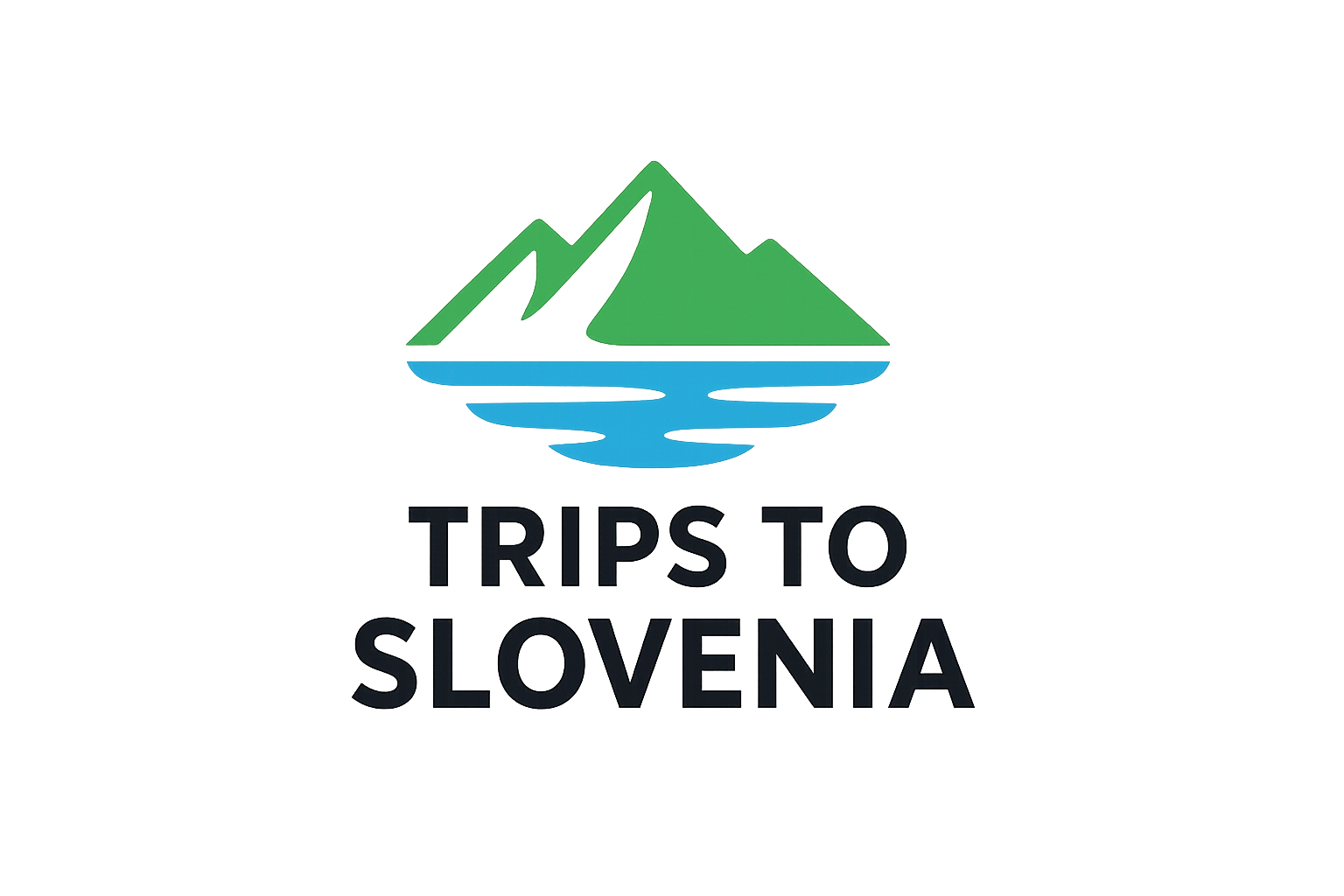
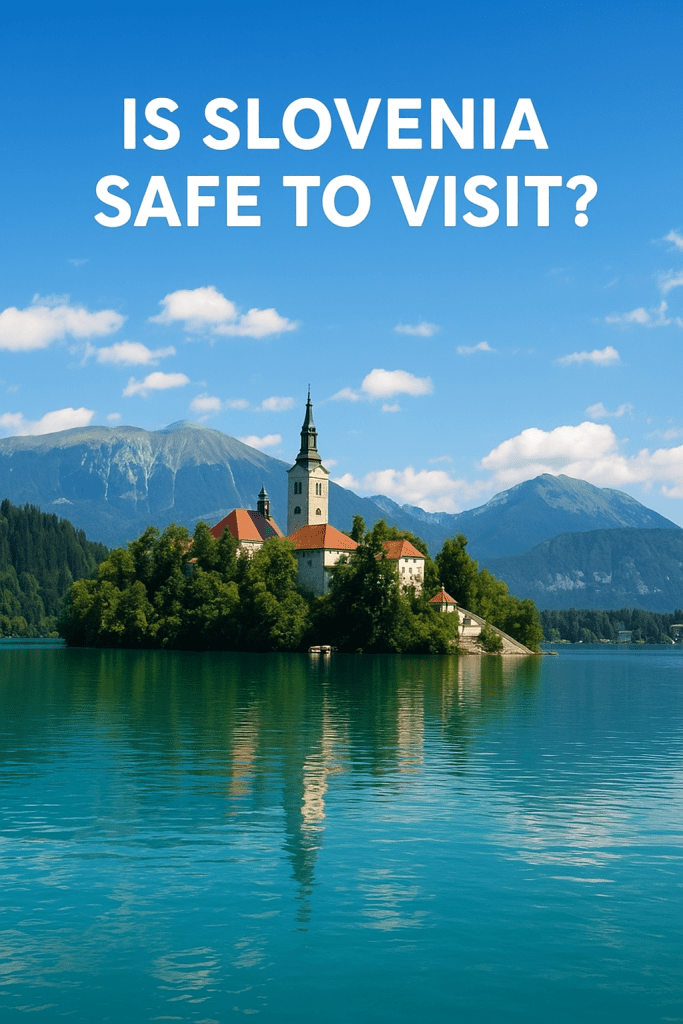

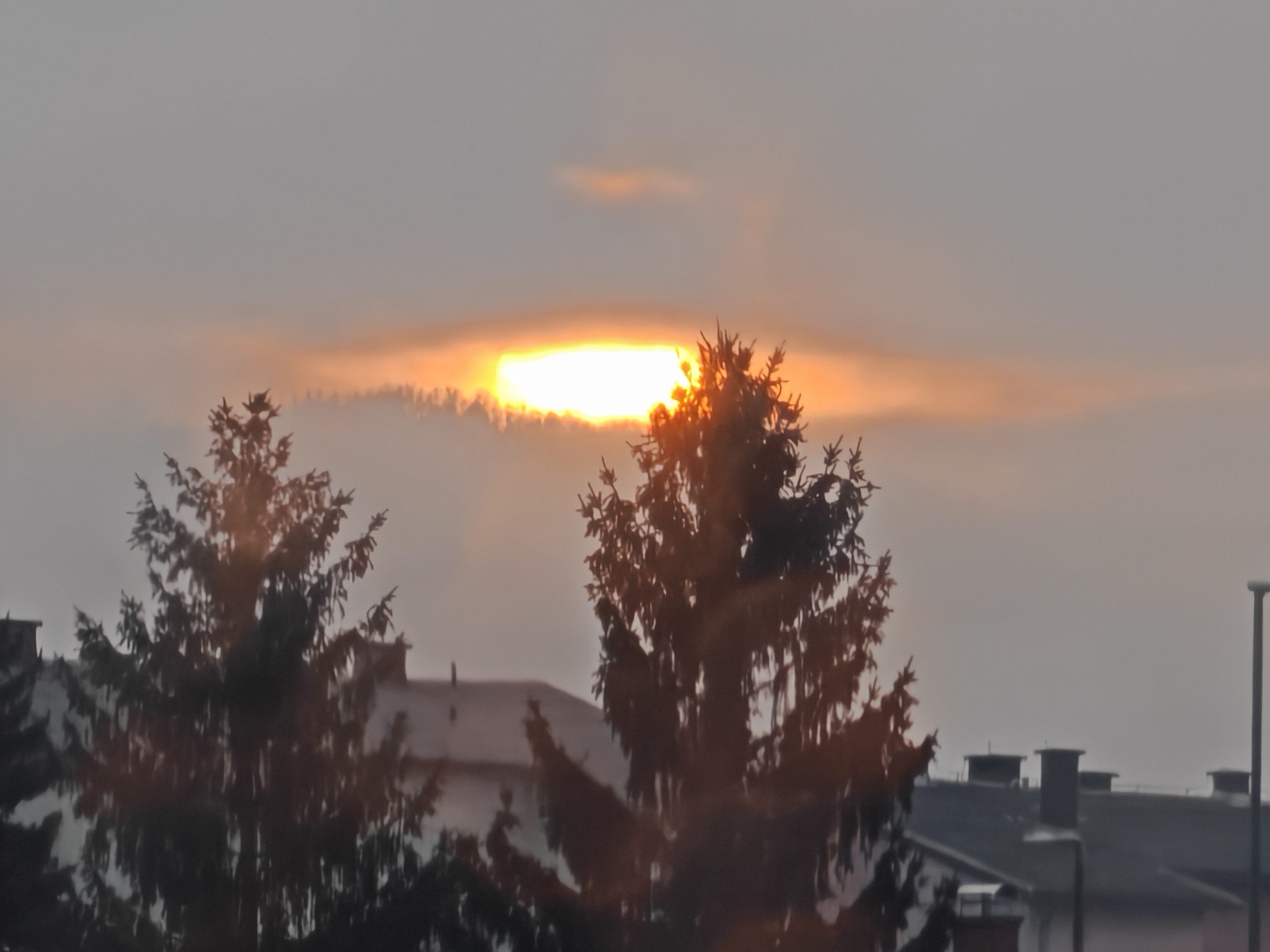
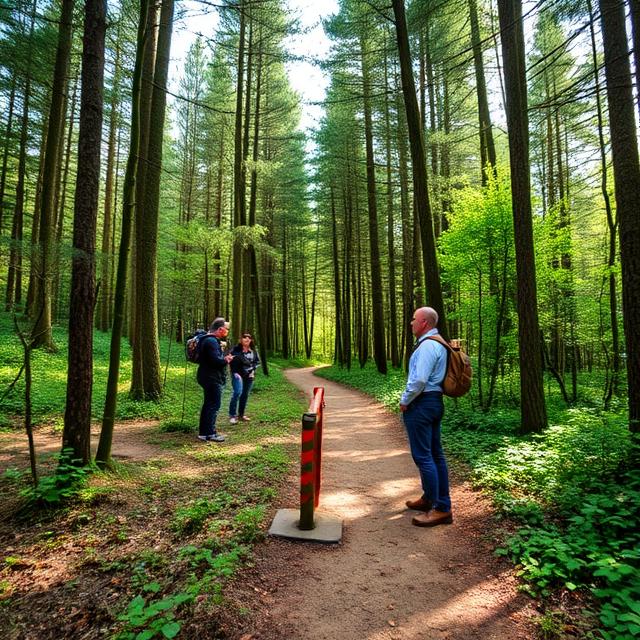
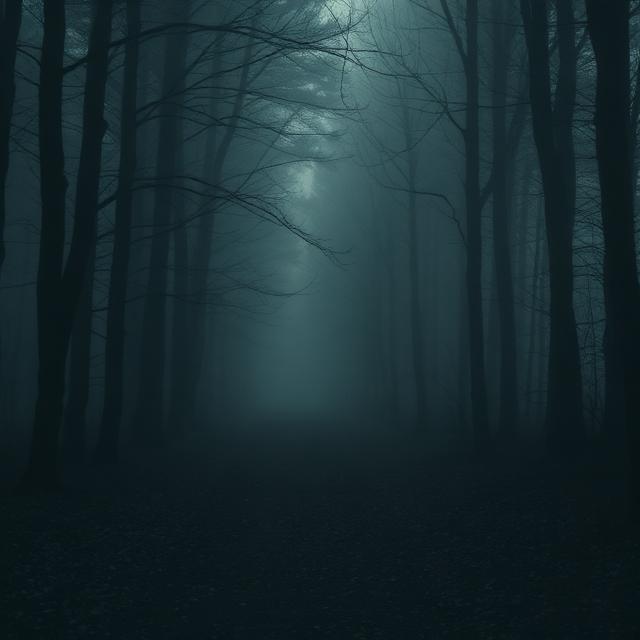
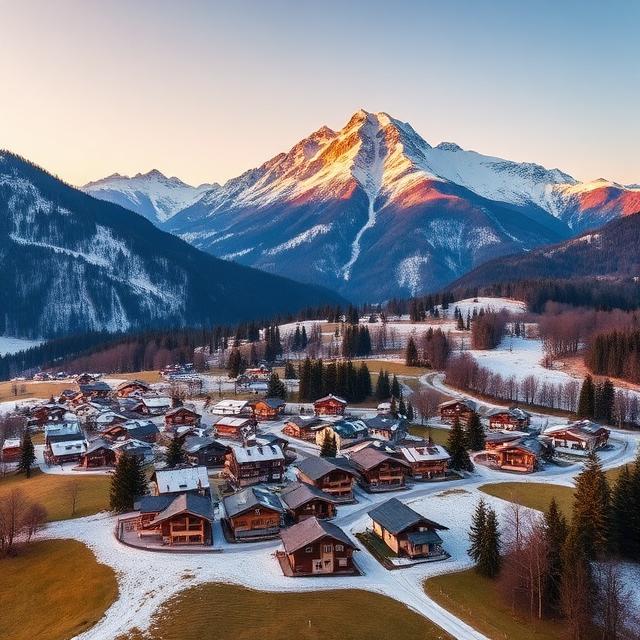
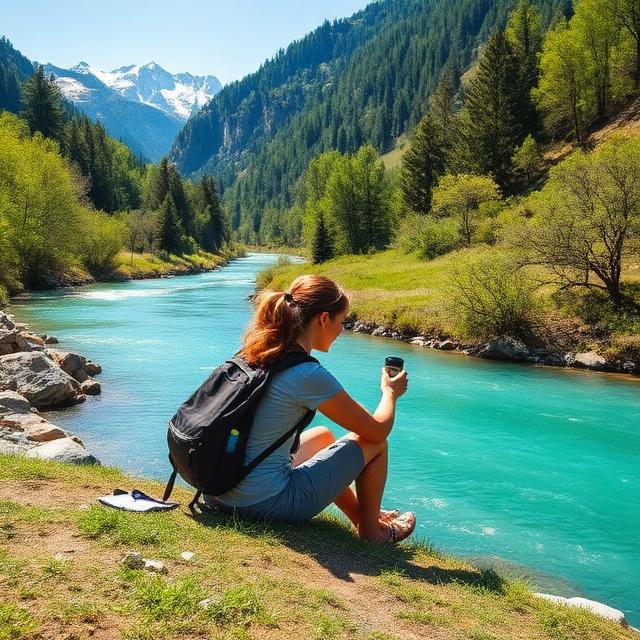
Leave a Reply